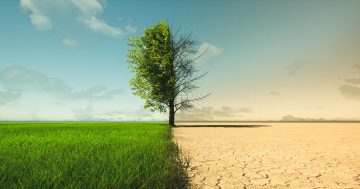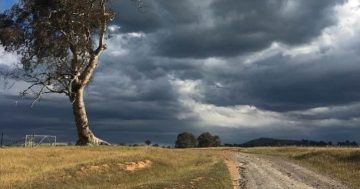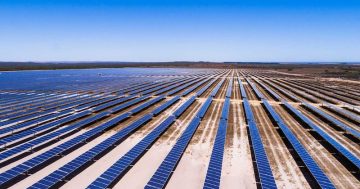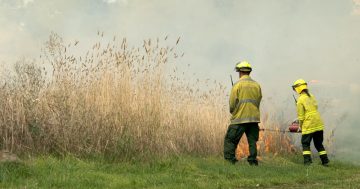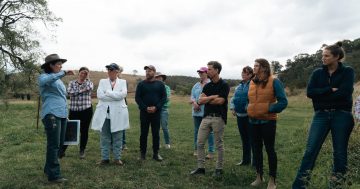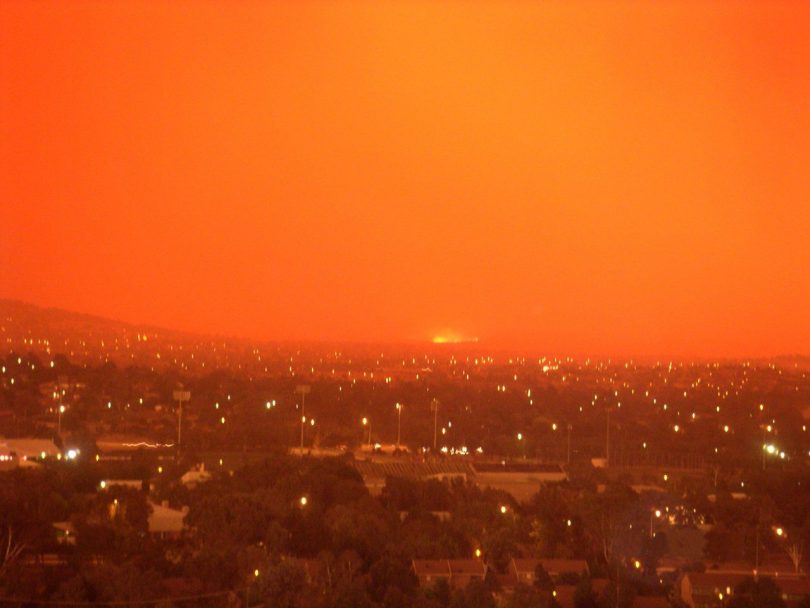
Canberra, 2003. A pivotal time for the national capital. Photo: File.
We have just passed another bushfire milestone in the ACT. It’s 17 years since that fateful January day in 2003 when the unthinkable happened and 500 homes and four people perished in the flames that roared down from the mountains.
Many still live with the trauma of that day and the beat of a helicopter or a whiff of smoke can be all it takes to trigger it.
It also is fair to say that there is now pre-fire Canberra and the much-changed post-fire Territory we have today, flowing from the coronial inquiry that followed.
From bushfire zones to fire resilient architecture to pro-active fire strategies and better communications between emergency services, the ACT is much better prepared for another threat to our urban edge.
Little did we know that the 2003 conflagration was just a harbinger of what was to come. First Black Saturday in Victoria, and now the longest, most widespread bushfire season in the nation’s history, fed by drought, record temperatures and persistent hot, dry winds.
Like 2003, this season is a marker for the nation, and climate change is on all but the most recalcitrant denialist lips.
The science told us it would get hotter and drier, and bushfire seasons would get longer and more intense, and they did.
Now the talk is of adaptation and mitigation, with Federal Science Minister Karen Andrews saying the time for debate about whether climate change is real or not is over.
It’s a pity her Prime Minister, when Treasurer in 2017, cut funding for the National Climate Change Adaptation Research Facility, and there remain lingering doubts the government will be keen to focus on “practical” measures that neglect the overall context of global warming and the need to eventually cut greenhouse gas emission to zero if the world’s climate is to stabilise.
Or worse, pander to sectional interests calling for more logging, land clearing and dams.
Whatever happens, things will need to change and many probably do not realise the scale of that change Australians are facing goes beyond bushfires.
But that’s where it will start.
For those who say we will recover and rebuild, the first thing to accept is that some may not be allowed to return to where their homes once stood, or at least be allowed to rebuild as they once had lived.
The tree change culture has been incinerated along with its properties, and councils, banks and insurance companies will be making new risk assessments about housing developments, where people seek to live, and how they should build.
For many it will simply be too costly to rebuild under a new regime demanding higher insurance premiums and fire-resilient building materials and designs.
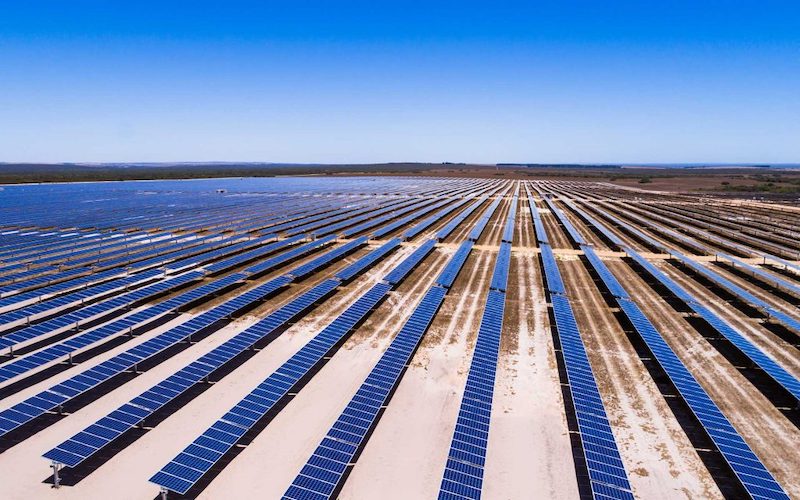
The future: a large-scale solar farm. Photo: Australian Renewable Energy Agency.
It is likely firefighting will move from a mostly voluntary activity to a more costly, professional set-up backed by the military and more hardware such as the air tankers the Prime Minister belatedly ordered.
There will be more hazard reduction of one sort or another, hopefully including Indigenous practices, to keep fuel loads down, and village and even town perimeters may never be the same.
The huge clouds of smoke choking settlements from villages to major cities mean measures to safeguard health and property will also be required.
But the fires are just the manifestation of the changing climate and the resultant heat waves are themselves a major health hazard. Along with the smoke, it means major populations a long way from a fire front will need protection through upgrades to our housing stock so homes can be kept cool, ventilated and sealed.
The big one, of course, is climate change, or global heating as many are now calling it, and adaptation without tackling the core issue would be utterly dishonest.
For Scott Morrison to say he accepts the science and emission reduction is part of the government’s plans may be technically correct but his stubborn refusal to budge on targets and policies to increase emission cuts, such as putting a price on carbon, when scientists say time is running out to rein in the climate is simply negligent.
As the ACT is showing, government action can make a difference and provide leadership to accelerate the shift to a green economy and transition away from fossil fuels, including assisting those affected by the change, such as coal miners.
The money is moving there but without policy leadership the shift can be stalled, as shown by a 56 per cent fall in large-scale clean energy projects in Australia last year, the lowest level since 2016, according to Bloomberg.
Not only does the government have a responsibility to cut emissions and be an example to the rest of the world, it is crucial that it position Australia for the post-carbon economy, which offers great opportunities to a country blessed with a bounty of sunlight, wind, education, technology and, yes, minerals.
The prescient Ross Garnaut’s new book Superpower sets out is a path forward for the new economy, and he is but one of many with a similar vision.
Let this awful fire season be a line in the ash, marking the point where Australia decided it could and would make a difference, and secure its future in the process.













